According to Paracelsus, in the same way that plants purify the atmosphere by accepting into their constitutions the carbon dioxid exhaled by animals and humans, so may plants and animals accept disease elements transferred to them by human beings. These lower forms of life, having organisms and needs different from man, are often able to assimilate these substances without ill effect. At other times, the plant or animal dies, sacrificed in order that the more intelligent, and consequently more useful, creature may survive. Paracelsus discovered that in either case the patient was gradually relieved of his malady. When the lower life had either completely assimilated the foreign mumia from the patient, or had itself died and disintegrated as the result of its inability to do so, complete recovery resulted. Many years of investigation were necessary to determine which herb or animal most readily accepted the mumia of each of various diseases.
Paracelsus discovered that in many cases plants revealed by their shape the particular organs of the human body which they served most effectively. The medical system of Paracelsus was based on the theory that by removing the diseased etheric mumia from the organism of the patient and causing it to be accepted into the nature of some distant and disinterested thing of comparatively little value, it was possible to divert from the patient the flow of the archæus which had been continually revitalizing and nourishing the malady. Its vehicle of expression being transplanted, the archæus necessarily accompanied its mumia, and the patient recovered.
THE HERMETIC THEORY CONCERNING THE CAUSATIONS OF DISEASE
According to the Hermetic philosophers, there were seven primary causes of disease. The first was evil spirits. These were regarded as creatures born of degenerate actions, subsisting on the vital energies of those to whom they attached themselves. The second cause was a derangement of the spiritual nature and the material nature: these two, failing to coordinate, produced
JOHANNIS BAPTISTAE VON HELMONT.
From von Helmont’s Ausgang der Artznen-Kunst. At the beginning of the seventeenth century von Helmont, the Belgian alchemist (to whom incidentally, the world is indebted for the common term gas, as distinguished from other kinds of air), while experimenting with the root of A—, touched it to the tip of his tongue, without swallowing any of the substance. He himself describes the result in the following manner:
“Immediately my head seemed tied tightly with a string, and soon after there happened to me a singular circumstance such as I had never before experienced. I observed with astonishment that I no longer felt and thought with the head, but with the region of the stomach, as if consciousness had now taken up its seat in the stomach. Terrified by this unusual phenomenon, I asked myself and inquired into myself carefully; but I only became the more convinced that my power of perception was became greater and more comprehensive. This intellectual clearness was associated with great pleasure. I did not sleep, nor did I dream; I was perfectly sober; and my health was perfect. I had occasionally had ecstasies, but these had nothing in common with this condition of the stomach, in which it thought and felt, and almost excluded all cooperation of the head. In the meantime my friends were troubled with the fear that I might go mad. But my faith to God, and my submission to His will, soon dissipated this fear. This state continued for two hours, after which I had same dizziness. I afterwards frequently tasted of the A—, but I never again could reproduce these sensations.” (Van Helmont, Demens idea. Reprinted by P. Davidson in The Mistletoe and Its Philosophy.)
Von Helmont is only one of many who have accidentally hit upon the secrets of the early priestcrafts, but none in this age give evidence of an adequate comprehension of the ancient Hermetic secrets. From the description von Helmont gives, it is probable that the herb mentioned by him paralyzed temporarily the cerebrospinal nervous system, the result being that the consciousness was forced to function through the sympathetic nervous system and its brain–the solar plexus.

Moe is the founder of GnosticWarrior.com. He is a father, husband, author, martial arts black belt, and an expert in Gnosticism, the occult, and esotericism.


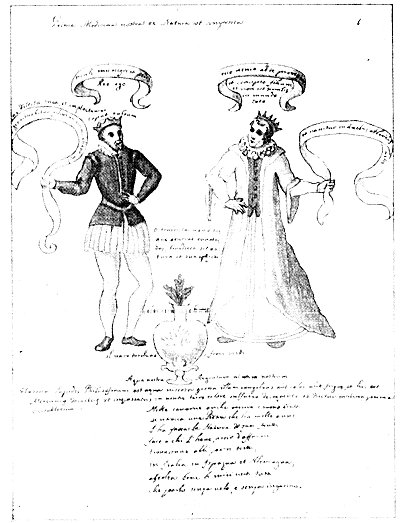
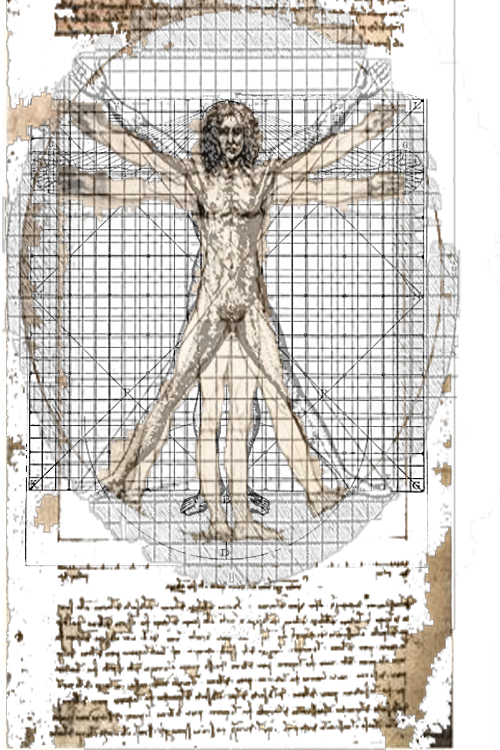

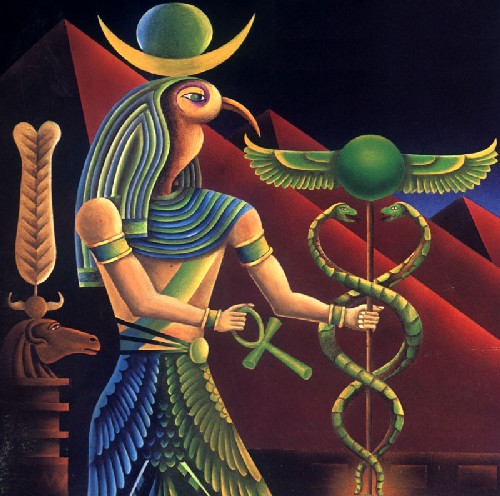
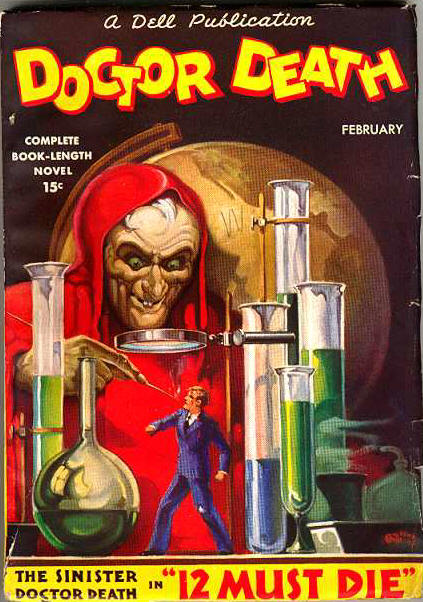
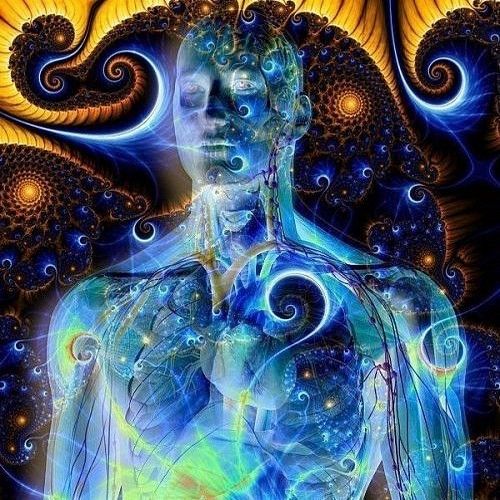
![How the South Saxons received Eadbert and Eolla, and the West Saxons, Daniel and Aldhelm, for their bishops; and of the writings of the same Aldhelm [705 A.D.] | Book 5 | Chapter 17 How the South Saxons received Eadbert and Eolla, and the West Saxons, Daniel and Aldhelm, for their bishops; and of the writings of the same Aldhelm [705 A.D.] | Book 5 | Chapter 17](https://www.gnosticwarrior.com/wp-content/plugins/contextual-related-posts/default.png)